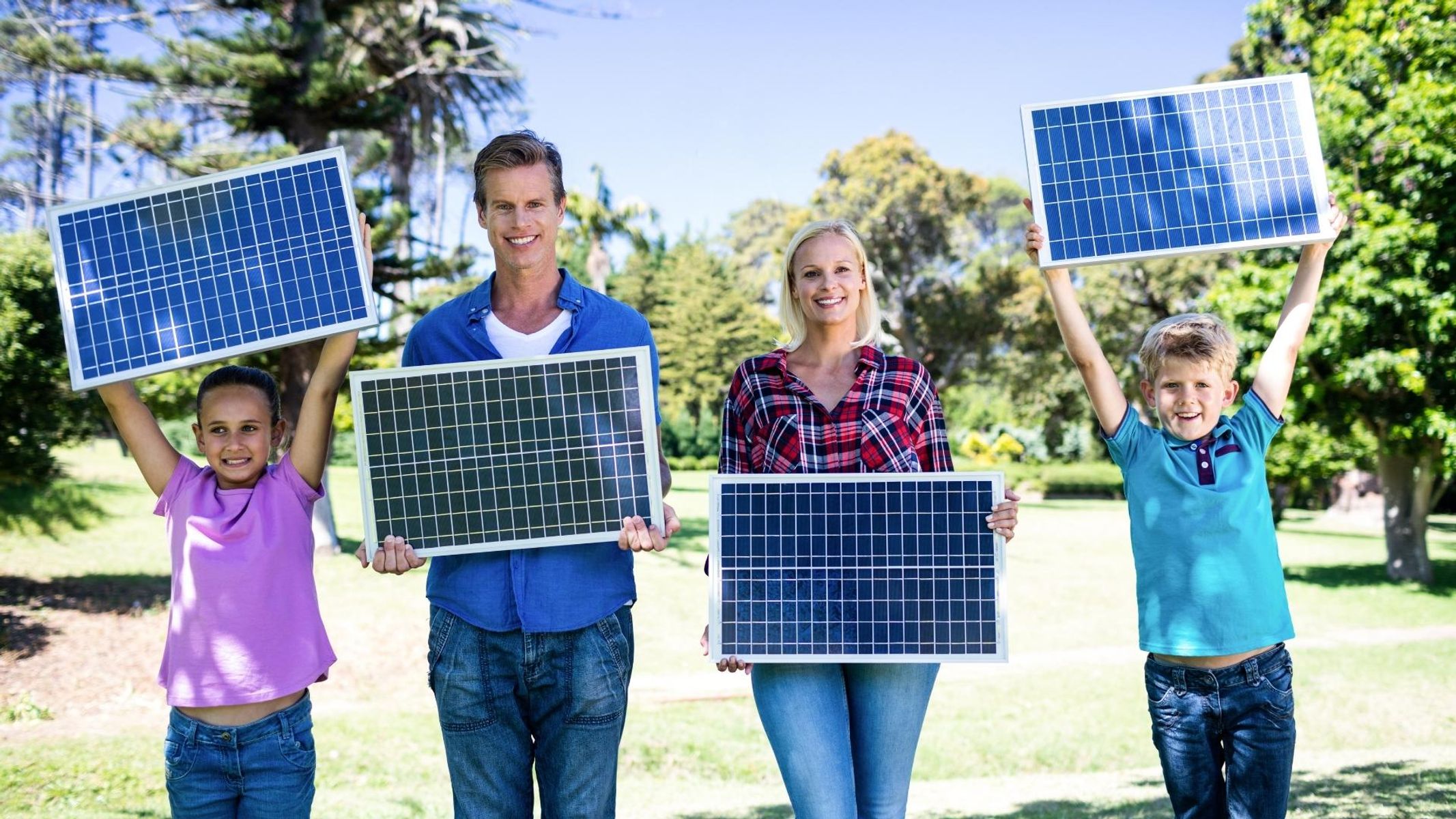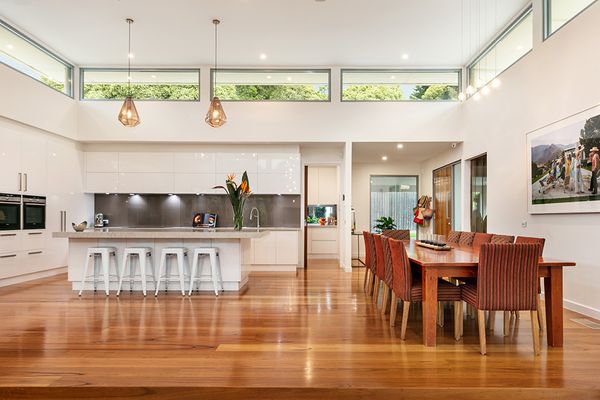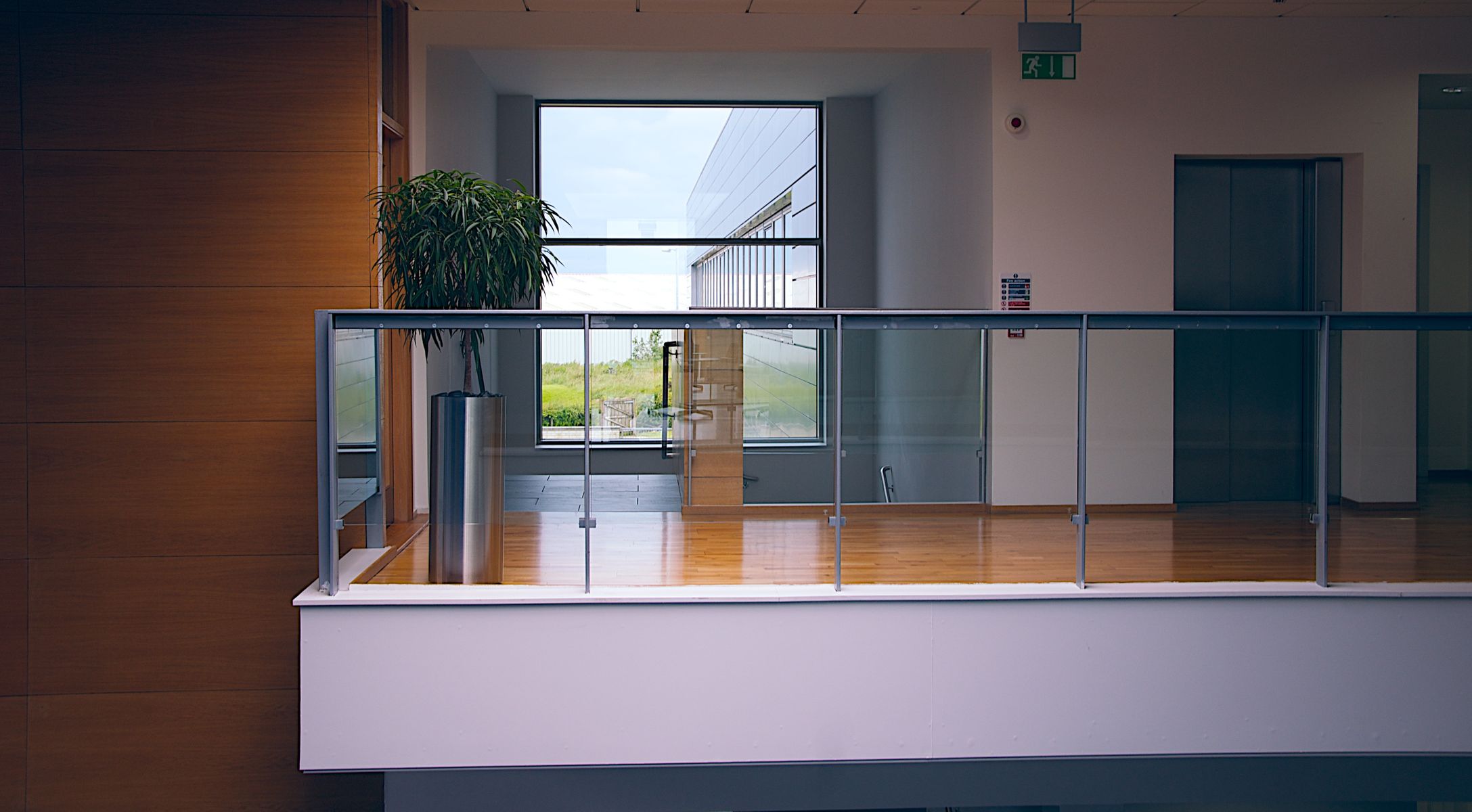Not only has the push for climate change made its mark on the streets of Australian capital cities but suburban and regional real estate markets are now seeing the force of climate change consciousness with an influx of First National Real Estate Neilson Partners local home buyers and renters seeking environmentally responsible and sustainable houses for their families to live in.
Home buyers and renters are increasingly aware that not only are they doing their bit for the environment when opting for sustainability at home but they’re also reducing the ever-increasing cost of energy bills as we work towards Net Zero homes.
The cost of living in Australia today and the impact it is having on housholds throughout the country is proving a massive strain on communities and rather than focusing on the things we cannot control such as ever increasing interest rates, the shortage of affordable housing and the rise in the cost of our weekly grocery shop, we can look towards change closer to, in and around our own homes.
Considering simple sustainable features when building, buying, or renting a home can provide a more comfortable and healthier living environment while being kind to your pocket.
First things first
Before we look at changing our environment, lets look at changing our habits.
Things like turning lights off when we leave a room, setting your heating or cooling to an optimum temperature; 26-27 degrees for cooling in summer in Victoria and 20 degrees for heating in Victoria in winter, using ceiling fans in place of airconditioning where possible and only boiling one cup of water in the kettle if you're only making one cup of coffee will all contribute to saving on your energy bills, plus count towards a more sustainable home.
There are many other considerations for sustainability in the home too.
Take advantage of natural light
Take into account natural light when designing, buying, or renting your home and always use efficient lighting and ensure that complies with Australian Electrical Safety requirements.
Living areas positioned on the north side of the home can take advantage of natural light and the winter sun, therefore saving on the cost of lighting and heating.
When buying or building a home it is best to avoid west or east-facing windows unless they are well shaded and remember that any windows on the south side of your home won’t get any winter sun.
Double glazed windows will also reduce heat loss and gain throughout the changing seasons.
High windows throughtout the kitchen and living area provide natural light at 113 Stoney Creek Road, Beaconsfield Upper
Sustainable building materials
If building, have a chat with your builder about the materials they use to reduce their carbon footprint i.e. non-toxic and recyclable material.
Draught-proof your home
Draughts can equate to up to 25% of heat loss in winter and warm air in summer so draught-proofing your home is essential to your energy efficiency.
You should ensure gaps and cracks are sealed and that proper insulation is installed in your ceiling, floor, and walls. The correct insulation can work wonders for soundproofing too.
Track down draughts by looking for visable light around doors and windows, listen for rattles where wind might be getting through, feel for moving air and look for movement in curtains.
When you eliminate the draughts in your home you not only create a more comfortable environment for yourself anf your family, you will be more energy efficient and save on cost too.

Energy-efficient appliances
Always use energy-efficient appliances where possible. Opt for appliances such as refrigerators, dishwashers, and washing machines with high energy star ratings. This is represented by the by The Energy Rating Label in Australia, and has been around for over 30 years. You can use it to compare the energy efficiency when purchasing different appliances.
Install a solar system
Solar power is better for both the environment and your pocket. It will cut your energy costs and generating green energy is better for the planet.
If you're unsure where to begin, and the costs involved in installing a solar PV system at your home choice.com.au have some great tips.
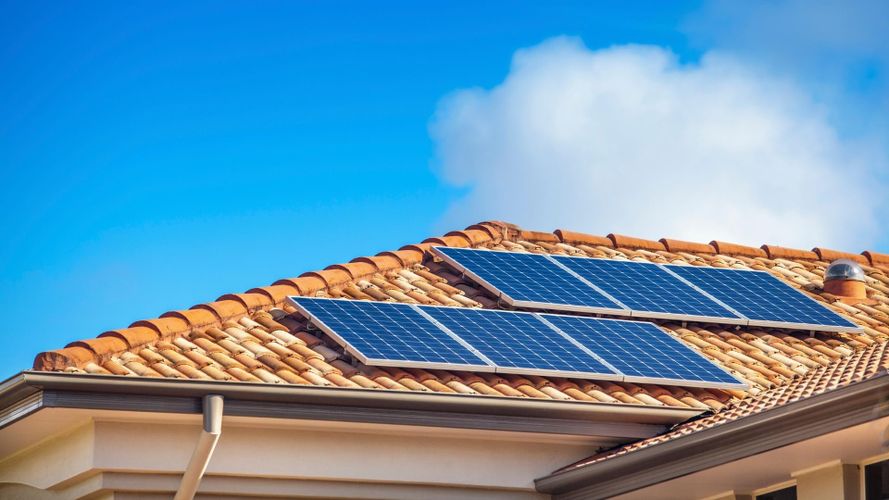
The Victorian Government is currently offering rebates for the installation of solar PV systems for homeowners and rental properties. Solar hot water rebates are also available.
Please visit solar.vic.gov.au/solar-panel-rebate to learn more.
Be water efficient
Water efficiency and sensible water use will save you money and help to ensure that your granchildren and their children have accesss to clean potable water.
Consider water recycling systems and water-saving fittings for showers, taps, and appliances. The biggest water users in the household are washing machines, showers, taps and toilets.
If buying new appliances or upgrading existing, choose apppliances with a good WELS rating.
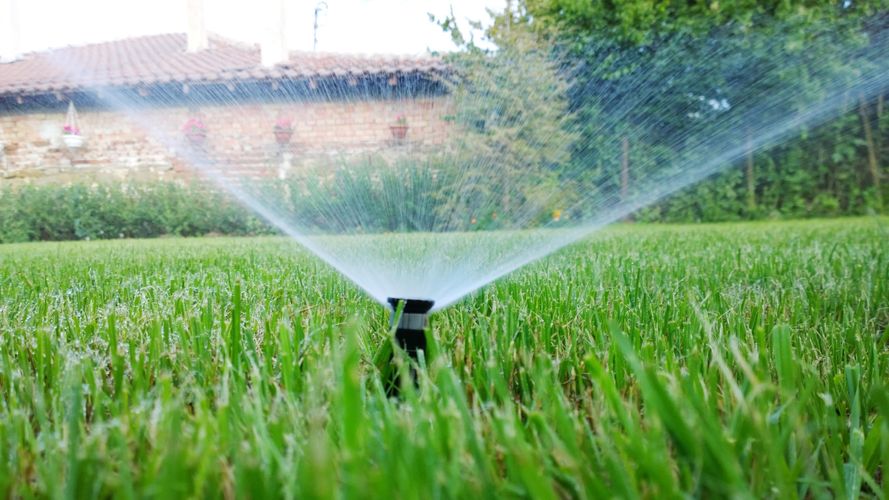
Heating and cooling
Opt for energy-efficient heating and cooling systems and install doors throughout the home to easily close off areas and rooms that are not being used.
It is important when installing heating and cooling systems that they are the right size for your heating and cooling needs and the space they are climate controlling.
Currently the City of Casey are offering the Energy Consumption and Emmissions Dashboard where residents can compare their electricity and gas usage with the average consumtion in their postcode.
For further information about creating a sustainable home visit sustainability.vic.gov.au


